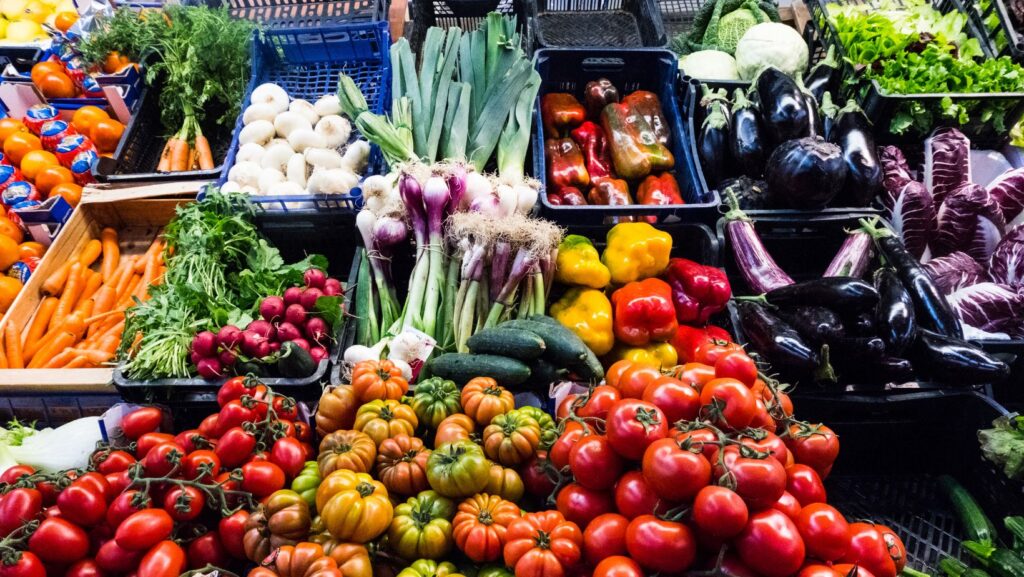In today’s fast-paced world, the quest for a healthier lifestyle has led many to explore the burgeoning healthy living market. This sector, brimming with organic produce, sustainable products, and wellness services, promises a holistic approach to well-being. As consumers become more conscious of their health and the environment, the demand for these products and services has skyrocketed, reshaping shopping habits and consumer expectations.
The healthy living market isn’t just about food; it’s a comprehensive movement towards a more sustainable and mindful way of life. From farm-to-table produce to eco-friendly household items, this market caters to a wide array of needs, all while emphasizing quality, sustainability, and community. As we delve deeper into this topic, it’s clear that the healthy living market is more than a trend—it’s a transformative force in today’s society, offering paths to wellness that align with the values of a growing health-conscious population.
Healthy Living Market
A Shift in Consumer Behavior
 The healthy living market reflects a significant shift in consumer behavior, as individuals prioritize health and wellness in their daily choices. Consumers now prefer organic, non-GMO, and sustainably sourced products over conventional alternatives. They’re also gravitating towards brands that align with their values of wellness, sustainability, and ethical production. This trend extends beyond food, including personal care, fitness, and mental well-being products and services.
The healthy living market reflects a significant shift in consumer behavior, as individuals prioritize health and wellness in their daily choices. Consumers now prefer organic, non-GMO, and sustainably sourced products over conventional alternatives. They’re also gravitating towards brands that align with their values of wellness, sustainability, and ethical production. This trend extends beyond food, including personal care, fitness, and mental well-being products and services.
In response, businesses are adapting by expanding their offerings to include healthier options, transparent sourcing information, and environmentally friendly practices.
Economic Impact and Growth Statistics
The economic impact of the healthy living market is profound, showcasing significant growth and potential for further expansion. According to industry reports, the global market for health and wellness reached a value of several hundred billion dollars, with projections for steady growth in the coming years. This market includes sectors such as organic food, wellness tourism, green beauty products, and fitness, each experiencing rapid growth rates.
For instance, the organic food sector alone has witnessed double-digit growth annually, far outpacing the growth of conventional food sales. Wellness tourism is another area experiencing robust growth, with travelers increasingly seeking destinations that offer wellness programs, such as yoga retreats and health-focused resorts.
Key Components of the Healthy Living Market
The healthy living market encompasses a broad range of products and services designed to improve physical, mental, and environmental wellness. Central to this market are organic foods and products, along with fitness and wellness services, each playing a crucial role in meeting the evolving demands of health-conscious consumers.
Organic Foods and Products
 Organic foods and products stand at the forefront of the healthy living market. Unlike conventional items, organic products are cultivated without the use of synthetic pesticides, fertilizers, and genetically modified organisms (GMOs). This category extends beyond fruits and vegetables to include meat, dairy products, and even beauty and personal care items. Consumers gravitate towards organic products for their perceived health benefits and lower environmental impact. As awareness grows, supermarkets and online retailers are expanding their organic offerings, making them more accessible to a broader audience. The demand for organic foods and products not only reflects a shift towards healthier eating habits but also signifies a commitment to sustainable practices.
Organic foods and products stand at the forefront of the healthy living market. Unlike conventional items, organic products are cultivated without the use of synthetic pesticides, fertilizers, and genetically modified organisms (GMOs). This category extends beyond fruits and vegetables to include meat, dairy products, and even beauty and personal care items. Consumers gravitate towards organic products for their perceived health benefits and lower environmental impact. As awareness grows, supermarkets and online retailers are expanding their organic offerings, making them more accessible to a broader audience. The demand for organic foods and products not only reflects a shift towards healthier eating habits but also signifies a commitment to sustainable practices.
Fitness and Wellness Services
Fitness and wellness services are integral to the healthy living market, addressing the physical and mental well-being of individuals. These services range from traditional gym memberships and personal training sessions to yoga classes and wellness retreats. The rise of digital platforms has further revolutionized this sector, offering virtual classes and personalized fitness coaching accessible from anywhere. Wellness services, including meditation workshops and stress management programs, cater to the growing recognition of mental health’s importance. The expansion of fitness and wellness services underscores a holistic approach to health, emphasizing balance, discipline, and mindfulness. As consumers increasingly prioritize their health and well-being, the demand for these services continues to grow, contributing significantly to the healthy living market’s dynamism.
Leading Brands in the Healthy Living Market
The healthy living market thrives with leading brands that embody the principles of organic sourcing, sustainability, and wellness, directly reflecting consumer priorities discussed previously. These brands differentiate themselves through their commitment to quality, eco-friendly practices, and a strong focus on promoting physical and mental well-being.
- Whole Foods Market stands out for its wide array of organic and non-GMO products, catering to consumers seeking natural food options.
- Lululemon has become synonymous with premium fitness wear, encouraging active lifestyles with its innovative and sustainable materials.
- Fitbit offers wearable technology that tracks health metrics, empowering users with data to enhance their physical health.
- Headspace delivers accessible mental wellness through its app, emphasizing meditation and mindfulness for its user base.
- Patagonia leads in sustainability, offering outdoor clothing and gear designed for durability and environmental consciousness.
